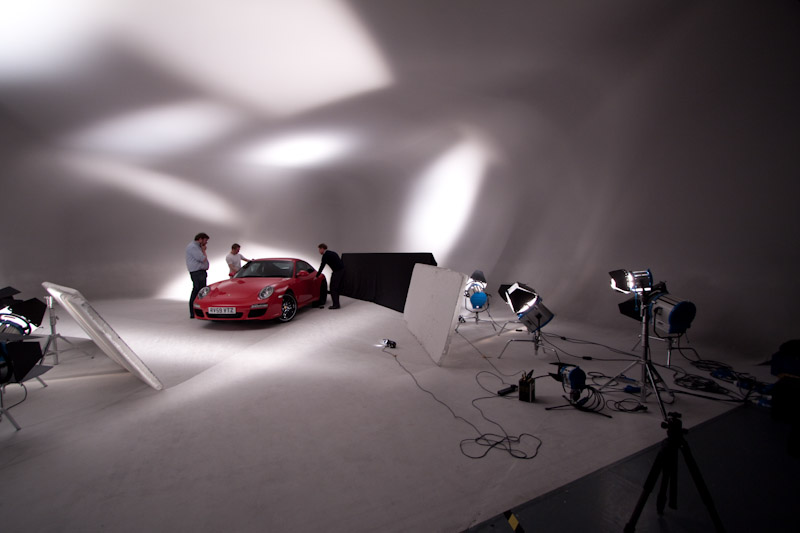- Messages
- 4
- Name
- Patryk
- Edit My Images
- Yes
Hi Guy's,
I'm new to the forums. I've joined as i'm looking for advice in terms of product photography as I'm recently started in the creative department at a company that sells after market headlights for cars.
The biggest problem we face at the moment is lightning the products well and also fighting with reflections. At the moment we had a simple backdrop with lights on both sides and a fill from the bottom. Although we are in the process of having a room built to enclose the area to remove the environmental reflections e.g. windows etc.. But the biggest struggle i'm having is lightning the products so it looks natural but good at the same time? I hope it makes sense.
Does anyone have any suggestions on how i should go about lighting the products?
I'm new to the forums. I've joined as i'm looking for advice in terms of product photography as I'm recently started in the creative department at a company that sells after market headlights for cars.
The biggest problem we face at the moment is lightning the products well and also fighting with reflections. At the moment we had a simple backdrop with lights on both sides and a fill from the bottom. Although we are in the process of having a room built to enclose the area to remove the environmental reflections e.g. windows etc.. But the biggest struggle i'm having is lightning the products so it looks natural but good at the same time? I hope it makes sense.
Does anyone have any suggestions on how i should go about lighting the products?



